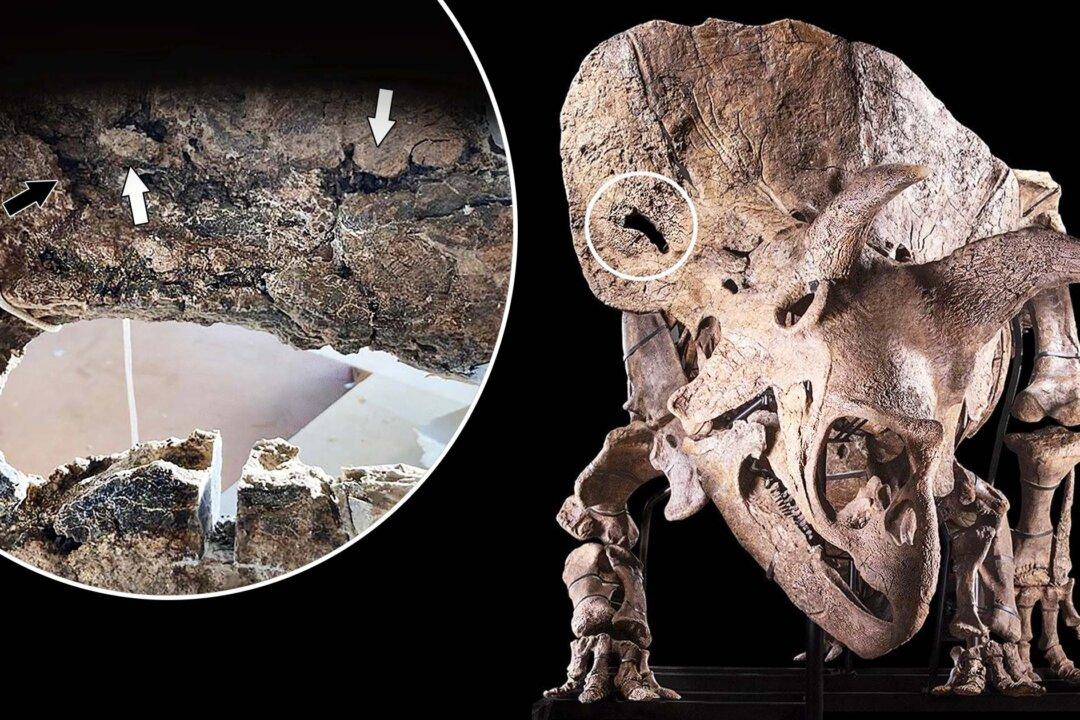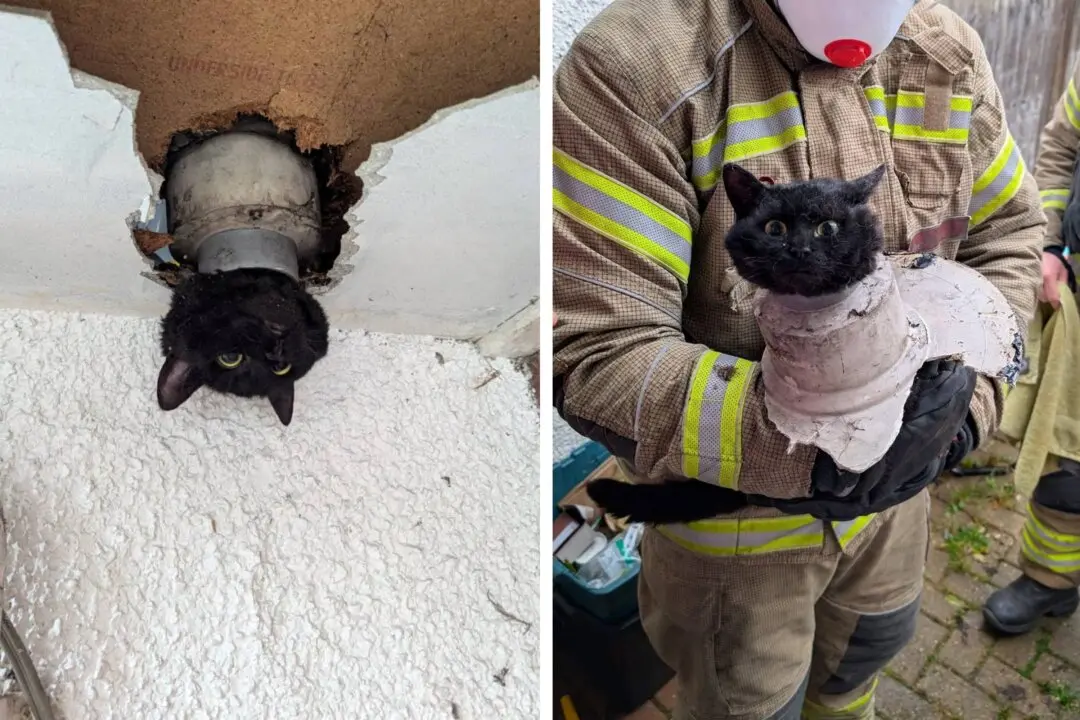The world’s biggest triceratops had a “combat wound” in its skull inflicted by the three-foot-long horns of a rival, new research reveals.
The dinosaur—nicknamed “Big John”—is believed to have suffered the injury during a fight over territory or a mate.





